Welcome to May, YA lovers!
Let’s kick off the new month talking about one of the most fascinating elements of the YA world: book covers. Without question, book covers, especially in YA, are extremely important. They’re the first impression of a book, setting the story’s tone and feeling to readers who might not know anything about what the book is about. Sure, we’re not supposed to judge a book by its cover, but let’s face the fact that we all do look at it and make a snap judgment. Either it’s appealing or it’s not. Having worked with teens, I know they do the same thing.
Covers sell the story, but they also serve as a really great tool for those who are trying to talk about books or recommend them to other readers. You kind of know when a book is going to be a romance or a science fiction read based on the design elements on a cover. And there’s no question that covers that do well and sell a book can and do set off trends.
How about a quick look back at some YA cover trends in recent memory?
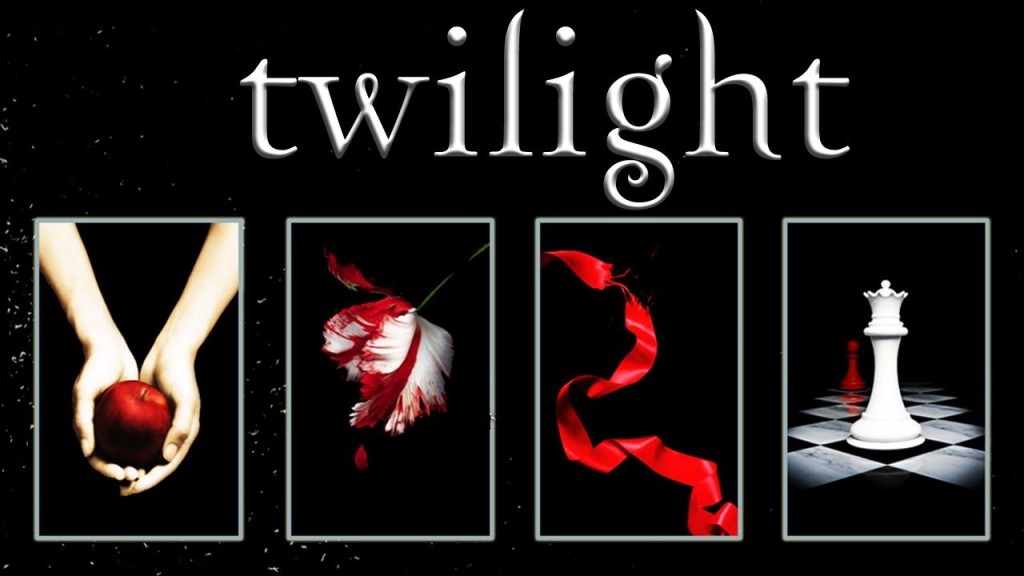
Stephenie Meyer’s best selling series seemed to spark the big idea of cover trends in YA in a way that was more obvious than before the series hit. Dark backgrounds, a spot of color, and images that evoke drama became all the rage in books published during the years the series reigned supreme.
First: recovered classics.
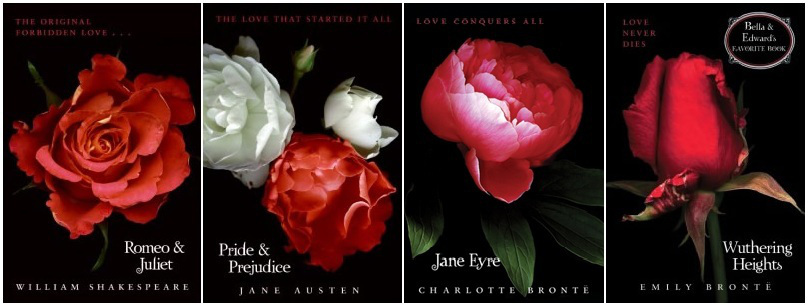
Then there was the cover makeover for LJ Smith’s “The Vampire Diaries” series, in addition to new books in the series being written after a long hiatus:
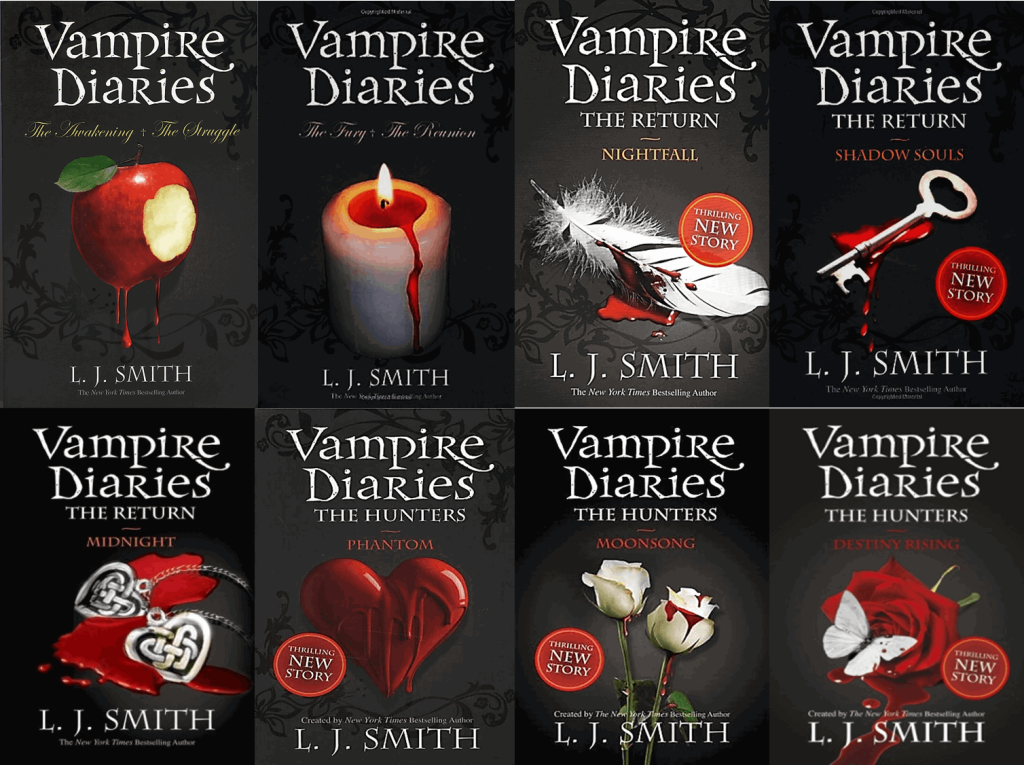
And a couple of other YA series, among so many others with a similar cover scheme, that hit shelves during the height of Twilight’s success:
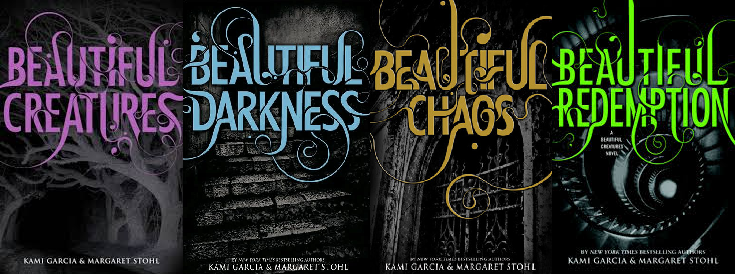
And
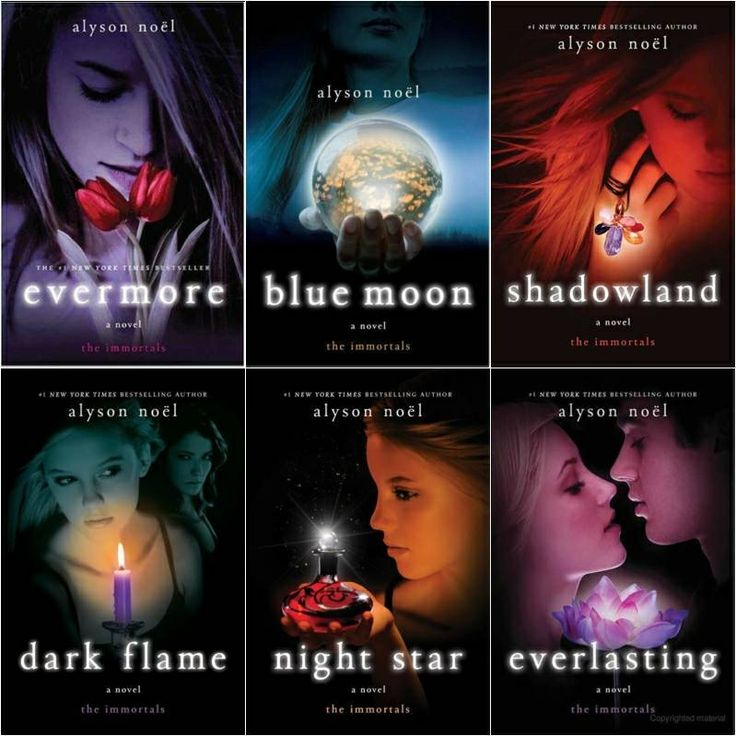
Of course, it’s impossible not to see the influence of the cover design in the series inspired by Twilight for adults:
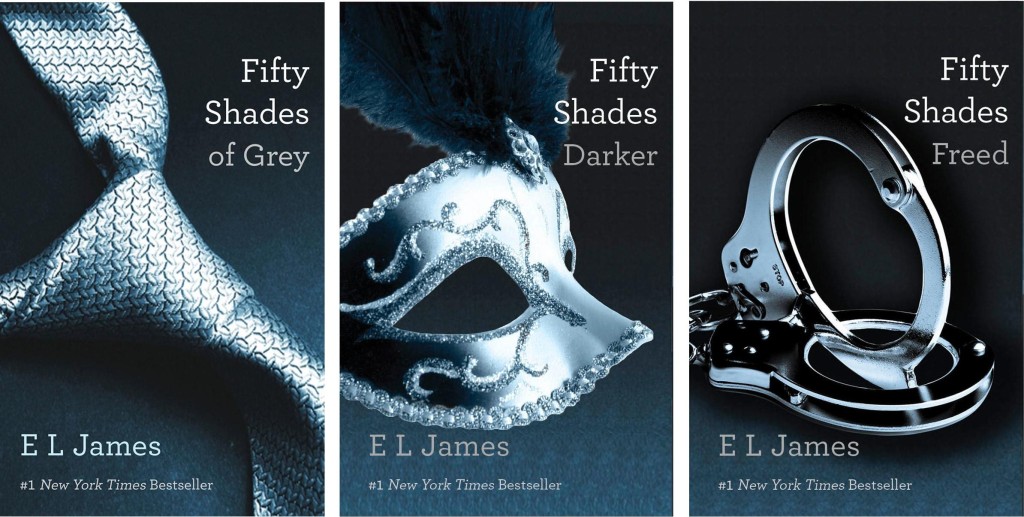
Following this trend was the one where pretty white girls wore pretty dresses, often while looking sad (image snagged from this blogger who pulled these covers together from the top of her head alone).
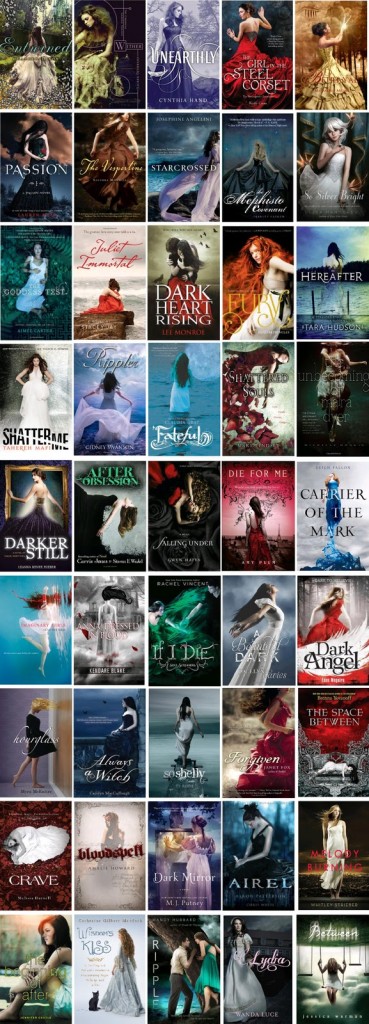
We saw books with big faces on the covers — again, almost always white — around this same time, along with book covers where girls were dead or dying or drowning or floating.
And then John Green and Rainbow Rowell’s 2012 books changed the game.
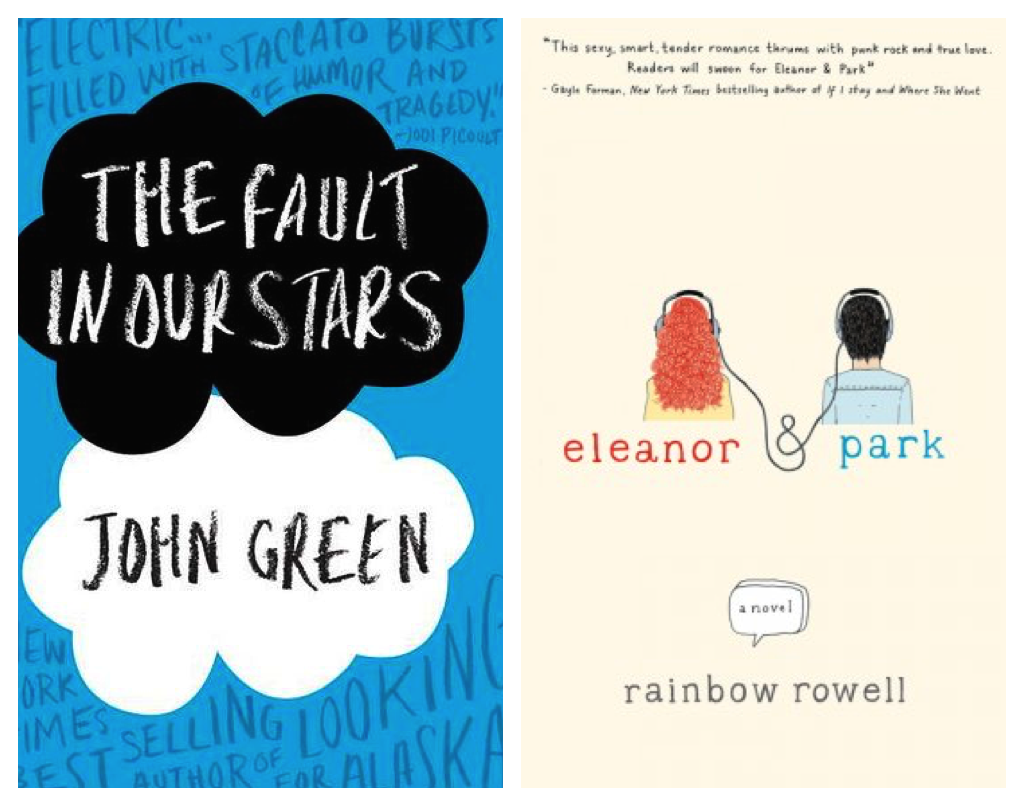 No longer were book covers obviously geared toward teen readers; they were instead geared toward young adult readers who may — or perhaps may NOT be — teens themselves. Green’s book featured a blurb from Jodi Picoult, a well-known adult author with tremendous crossover appeal. Adults know her work, and many teens do, too. Her blurb on Green’s book signified a shift of shorts, but perhaps not more than the cover itself.
No longer were book covers obviously geared toward teen readers; they were instead geared toward young adult readers who may — or perhaps may NOT be — teens themselves. Green’s book featured a blurb from Jodi Picoult, a well-known adult author with tremendous crossover appeal. Adults know her work, and many teens do, too. Her blurb on Green’s book signified a shift of shorts, but perhaps not more than the cover itself.
It’s simple: it’s a single iconic image and driven by the title. No faces, no people, no symbols or dead girls (on the cover, that is).
Rowell’s book, which earned a powerful and game-changing review from Green in the New York Times, took cover design in a bit of a different direction, too. This was an illustrated cover. Again, it was simple, with clean lines, and offered an iconic image that readers knew and identified immediately. It’s a cover that doesn’t scream teenagers at all, and in many ways, it’s a cover packed with nostalgia value. The book being set in the 80s probably influenced that to some extent.
And now, post-Green and Rowell, we see YA book covers looking more and more similar to those two in ways that aren’t necessarily obvious but do point to a growth in font-driven and originally-illustrated covers:
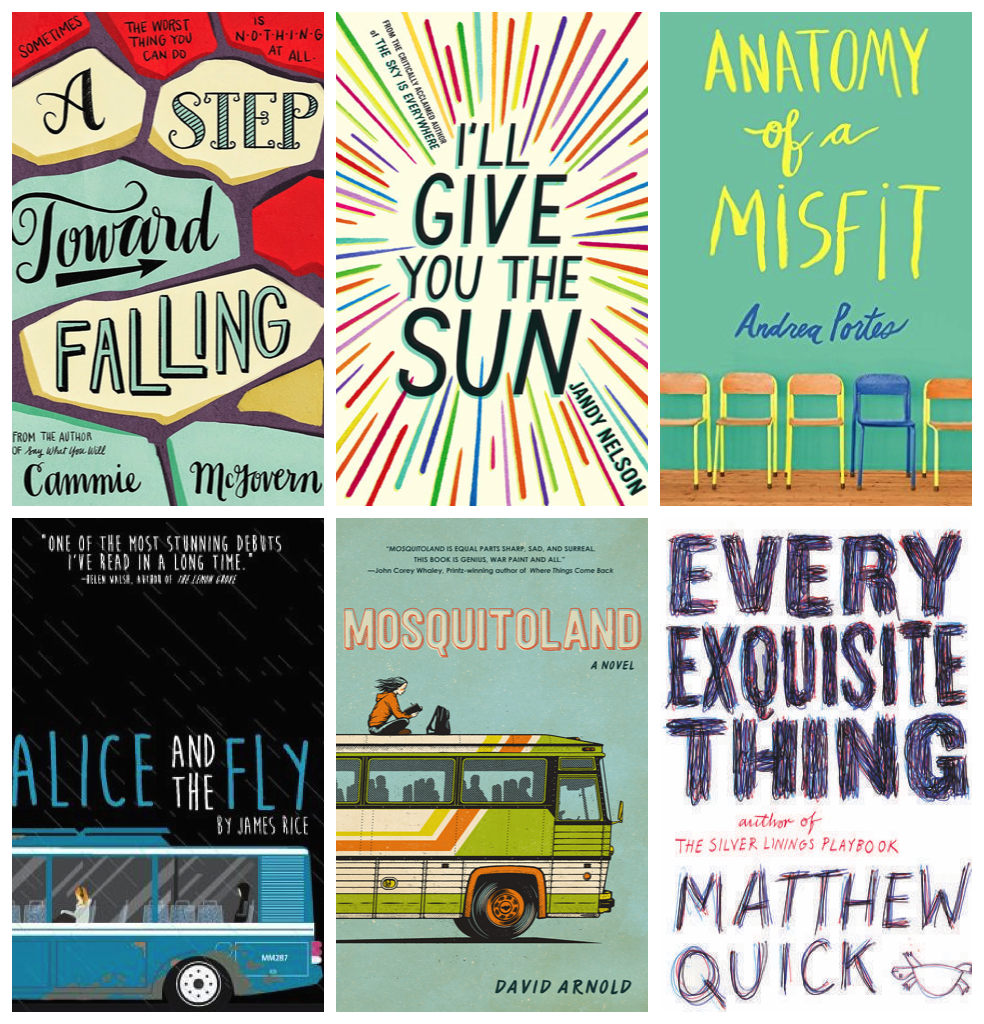
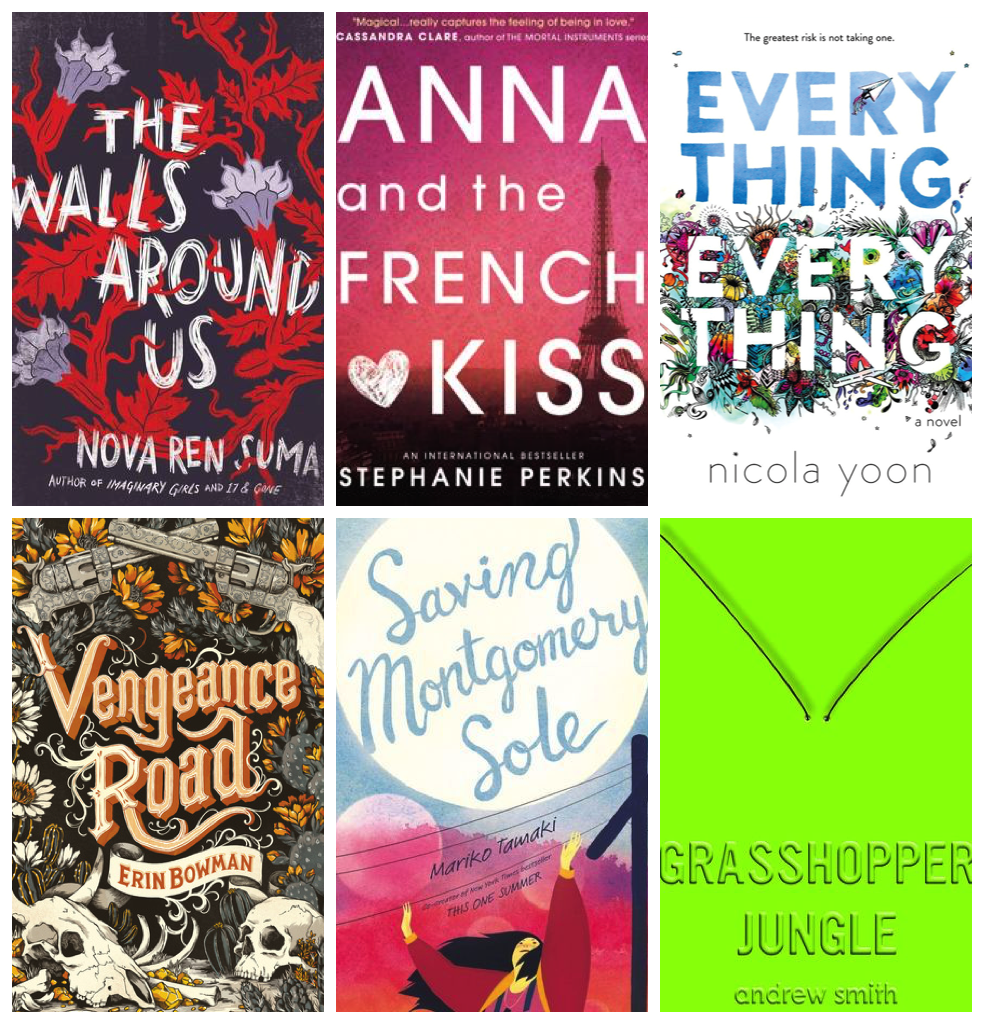
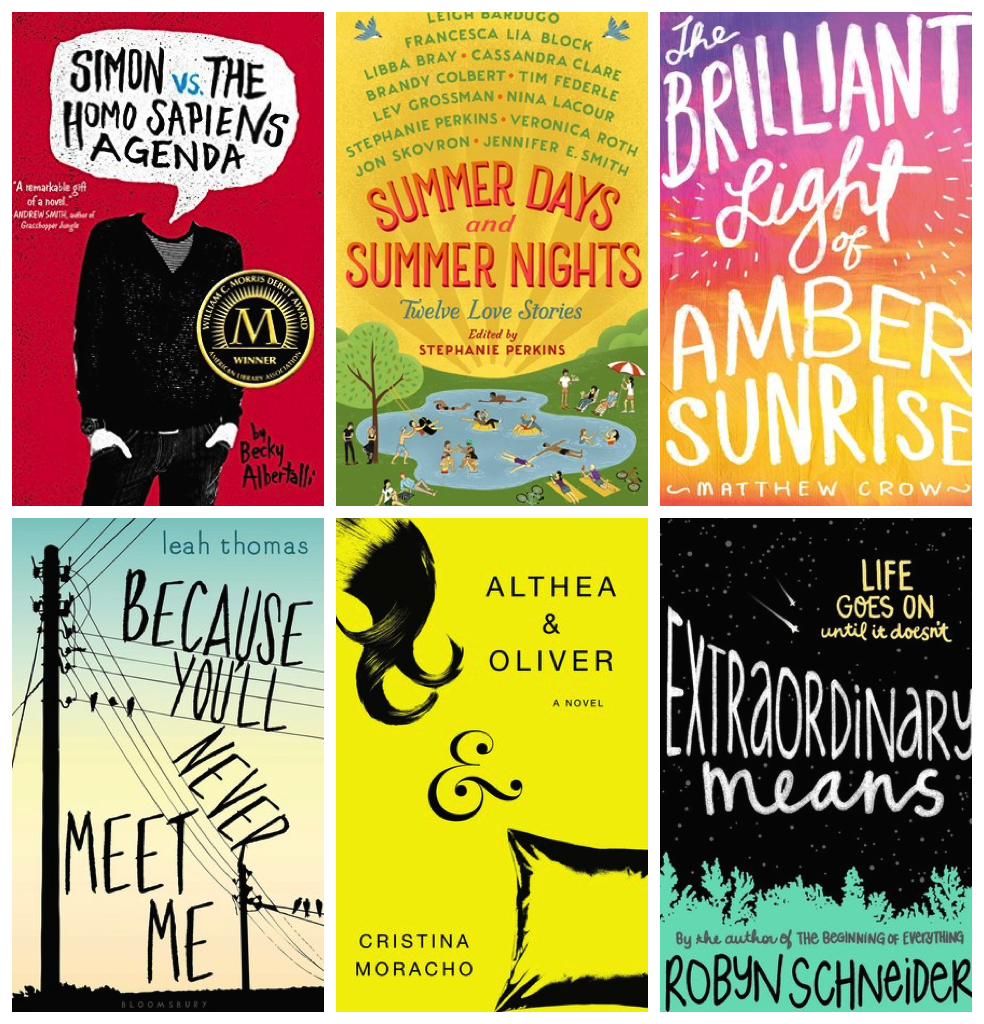
There are so many more that could be included here, but one look through these covers, as compared to the covers earlier, shows a marked difference, doesn’t it? Of course, there are still covers with stock images and with girls in dresses, but they are not the trend of choice anymore.
Why all of the cover talk, you ask? It’s because I read two fabulous pieces on recent cover designs in the last few weeks, and I couldn’t wait to share them. As outsiders, we can look at the cover designs and make a judgment or see the trends, but rarely do we get the opportunity to peek beneath the covers (heh) and learn about what went into making them. Eric Smith has been doing a series called “By The Cover” about cover designs at Book Riot, which, if you haven’t checked out, I highly recommend doing after you check out these two:
- Chad Wekerman talks about the design for Jesse Andrews’s sophomore novel, The Haters. This piece is fascinating, as it looks at the outtakes and what the goal of the cover was and how it was achieved. Even the rejected covers for this one are outstanding and “on trend,” so to speak. He wrote about the choices in design for Me and Earl and the Dying Girl a few years back, too, which is more than worth a read and then follow it up with this piece about how the paperback cover design was selected.
- The designs of the covers Wekerman talks about fall into the sorts of cover design preferences seen during the height of font/illustration-driven looks, but how about a recent book with a cover that sort of feels like one you’d have seen a few years ago? CJ Redwine’s recently-released book The Shadow Queen has a very dark fairytale-esque look to it, with an apple dripping what looks like black blood. At first glance, I wasn’t expecting much from the design-side of the cover. I thought it was clever text placement on a great stock image. But it’s not. Those letters were carved into actual apples. Check out the behind-the-scenes on this one. That is commitment.
- Though it’s not a behind-the-scenes of a cover design, per se, I had to share the cover reveal for Nicola Yoon’s forthcoming The Sun is Also a Star. It’s a title-driven cover made out of colorful yarn that’s reminiscent of books like Jandy Nelson’s I’ll Give You The Sun (huh, “Sun” is in both of those). Immediately upon seeing Yoon’s book cover, I was reminded of adult author Aimee Bender’s The Color Master, which utilized a similar technique on the cover. And that reminder may be because it’s the same cover designer for both. Kind of neat!
I could probably write ten more pages just on cover design thoughts alone, but there’s been some other worthwhile news in the YA world over the last couple of weeks, including a huge round of adaptation announcements:
- IW Gregorio’s debut novel None of the Above, about an intersex teen girl, is under development as a Lifetime film. From the same announcement, Sea Change by Aimee Friedman is being adapted as well.
- Stephenie Meyer (hey, there she is again!) is set to adapt Kendare Blake’s popular Anna Dressed in Blood. There’s been a cast announcement, too. It might be worth noting that as exciting as it is to see a book like this being adapted, it is disappointing to see such a white cast. Cas is never outright described as white, but looks like he will be in the film.
- Emmy Laybourne’s Monument 14 now has a director attached to the film adaptation.
- Asking for It by Louise O’Neill is being adapted for the small screen. It’s unclear whether this will be available outside the UK, but I know I’d love to see a female-driven story about rape culture on TV, so I hope we see it on this side of the pond.
And finally, some other pieces worth a read and a think:
- Maybe we need to take what Maggie Stiefvater says about YA being a ‘bullshit label’* more seriously after seeing the slate of Locus Award finalists in YA. Aside from the obvious lack of females recognized, there’s the added kick of not all of those books even being considered YA titles.
* I disagree wholeheartedly with this, as someone who has worked with teenagers and YA books extensively in libraries and whose career is about this burgeoning field of literature. Is it a marketing label? Sure. But it’s also a real thing, with real aspects to it that differentiate it from adult books and middle grade books. The YA arm of the American Library Association has been talking seriously about the bullshit YA category since 1996, which would be roughly when Steifvater was in middle school or high school. Not to mention all of those books in the 1980s and 1970s and 1960s and 1950s. Or authors like Judy Blume or Robert Cormier or Maureen Daly (who wrote Seventeenth Summer, which many consider the “first” YA book, in 1942) or Paul Zindel.
- Are you a writer? Do you know writers? Looking for someone with a specific background or experience to read your work and give you feedback on how you’ve represented it? This sensitivity readers database looks like it will be invaluable.
- “I love writing for teenage girls. I think they are so smart and creative. But both teenage girls and the things they like so often get denigrated in our culture. You know, boy bands and girl fashion. There’s not a lot of respect for teenage girls, but they are so resilient. I think it’s awesome to center them in stories and show how powerful and interesting they are and that time of life is.” — this is a fantastic short interview with author Jessica Spotswood.
Thanks for reading “What’s Up in YA?” The next edition will hit your inboxes in two weeks. In the meantime, pick up a YA book or six, spend some time checking out the covers (you will never unsee these things now!), and then enjoy the read.